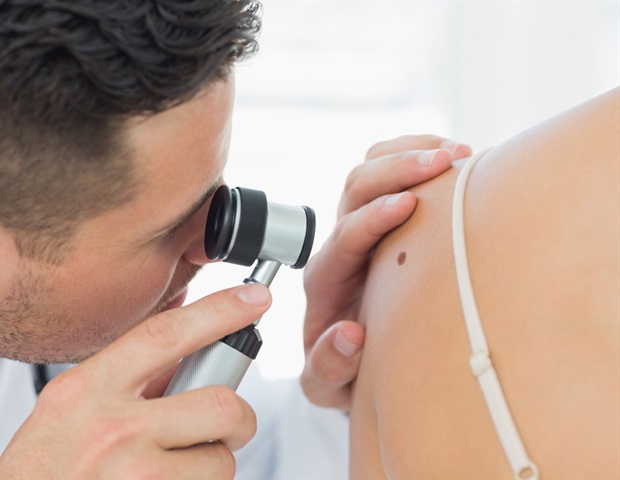Researchers at the Francis Crick Institute, UCL Great Ormond Street Institute for Child Health and Great Ormond Street Hospital for Children (GOSH) have designed a new genetic therapy that could alleviate debilitating giant moles in a rare skin condition. In the future, the treatment could potentially be used to reverse the giant moles, and therefore reduce the risk of affected children and adults from developing cancer. It could also potentially reverse other more common types of at-risk moles as an alternative to surgery.
Small skin moles are common in the population, but in congenital melanocytic naevus syndrome (CMN), children are born with up to 80% of their body covered in big, painful or itchy moles, caused by mutations acquired in the womb. These moles can sometimes develop into a severe type of cancer called melanoma . Published today in the Journal of Investigate Dermatology , the researchers silenced a gene called NRAS , which is mutated in the cells in these moles, in cells in a dish and in mice.

NRAS belongs to a group of genes ( RAS genes) that, when mutated, can cause moles, and can predispose to cancer. The team used a genetic therapy called silencing RNA, which silences the mutated NRAS in mole skin cells. The therapy was delivered in special particles directly to mole cells.
They gave injections containing the therapy to mice with CMN, which reduced the silenced the NRAS gene after just 48 hours. They also tested it in cells and whole skin sections from chil.























